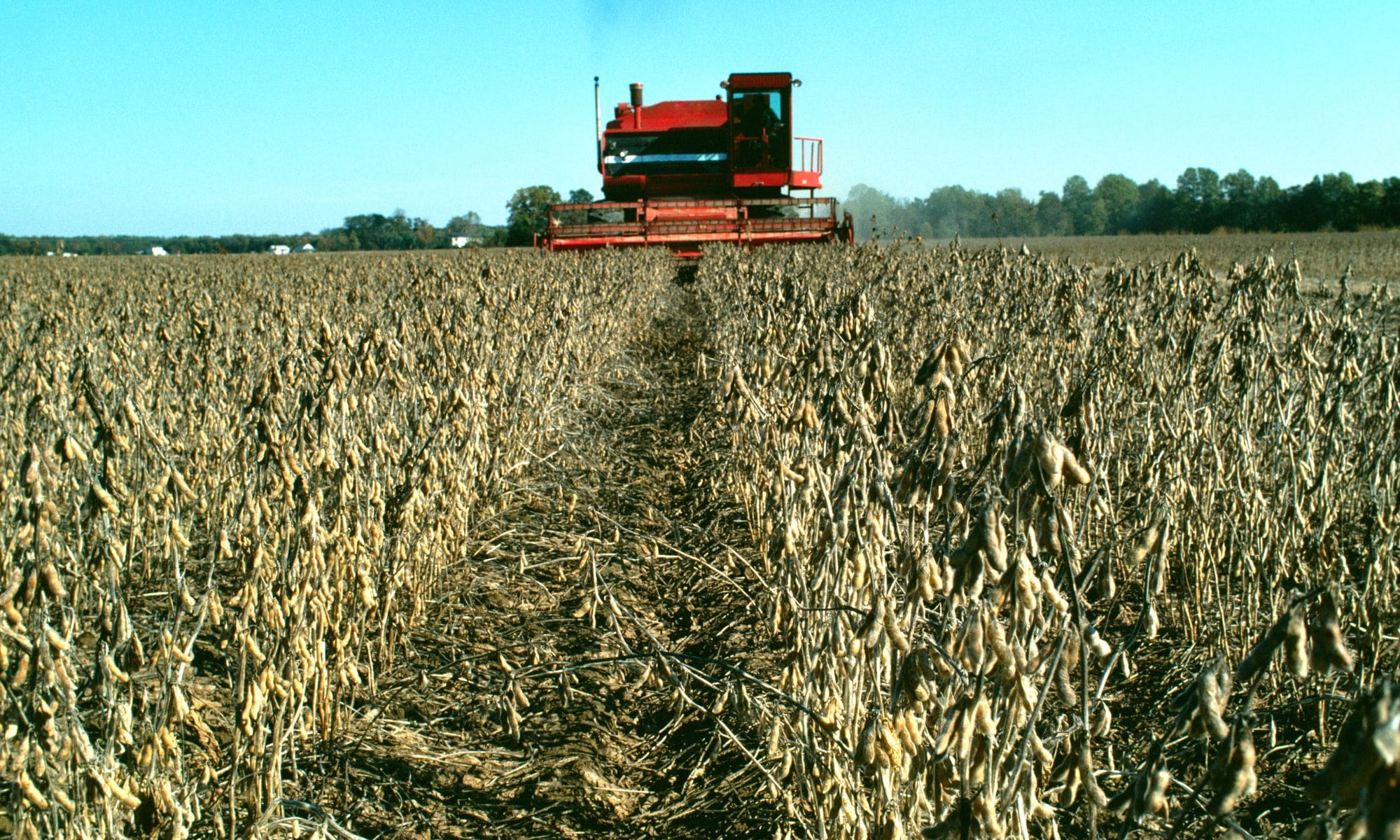Farmers are proving they can do more with less as national corn and soybean yield averages climb year after year. Genetics, management and Mother Nature all undoubtedly play their roles, and some states have bigger wins to tout than others.
U.S. corn and soybean yield averages from 2013 to 2018 are well above trend lines, by 8.2 bu. per acre and 3.7 bu. per acre respectively, according to the University of Illinois farmdoc daily.
Soybeans boast above trendline yields in all states the crop is grown.
“This six-year run has been remarkable in length,” wrote Gary Schnitkey with farmdoc daily. “A combination of good growing conditions, continuing increases in genetic potential of soybean varieties and changes in farming practices are likely to contribute to high yields.”
While all states do show above-trendline yields, they aren’t equal. Some geographical patterns raise more questions than answers, Schnitkey said, such as South Dakota’s exceptional yields when compared to surrounding states. More research will need to be conducted to find an answer.
Corn yields varied by more than 40 bu. per acre geographically. Seven states showed actual yields that averaged a positive of at least 20 bu. per acre over trendlines, while five showed negative yields—up to 18 bu. per acre.
“Since 1995, actual corn yields in the U.S. usually are above trend,” Schnitkey said. “[However] when yields are below trend the actual yield can be well below trend, as occurred in 2012 when the actual yield of 123.1 bu. per acre was 35.3 bu. below the trend yield of 158.3 bu. per acre.”
Corn yield’s geographical variation, like soybeans, brings up a variety of questions as to why some states performed better than others. Schnitkey hypothesizes good growing conditions in the middle-eastern U.S. is likely a key factor in well-above trend yields.
